We’re standing in a surreal setting on the outskirts of Warwick, a football pitch-size compound filled on all sides with huge metal blocks piled to twice head height, most streaked with rust acquired from a life in the great British outdoors.
Each block has some sort of serial number on its side. Mostly the hieroglyphics are unintelligible, but a few carry the great names of British motoring: Jaguar, Rover, MG, Triumph. These are press tools from the past, used for making body panels back in the day, often employed again today by a unique company, British Motor Heritage (BMH), to make them again. Such a collection of weird shapes may not look much like a treasure trove, but that’s what this is.
It’s still early morning, so cars behind us in the street swish past as workers from adjacent businesses arrive for the day. A familiar exhaust rasp gets our attention as an MGB, a decent-looking red roadster, parks in a space across the road. The routine event has a particular poignancy: this 50-year-old sports car was so rust-prone from new that it must by now have needed comprehensive repairs to retain its health, and surrounding us are the very press tools likely to have produced this car’s repair parts – or perhaps its all-new body. The irony is compelling.
This collection has been amassed over many years by BMH, saved from the defunct factories all over England and vital nowadays for keeping British classics on the road. Our guides to the collection are BMH’s recently appointed managing director, Graham Payne, and Iain Taylor, general manager ofits Warwick-based panel-pressing partner, Taylor Pressform.
Between them, the two companies make the body bits that keep MGBs and MGFs, Triumph TR4s, 5s and 6s, Triumph GT6s and Stags, Morris Minors, all kinds of original-shape Minis and classic Range Rovers on the road. To cap all that, every week they make two or three complete new Jaguar E-Type bonnet assemblies, a complex, hand-finished structure that runs to 80-odd separate parts.

Today, we’re on a tour with two parts. BMH’s headquarters are in Witney, Oxfordshire, but Payne has suggested we start at Warwick to see the tools and to watch Taylor Pressform make some parts in real time, from original tools. Our other mission is to view the extraordinary array of historic plans, drawings, blueprints and documents BMH has inherited during its 45-year journey and which it is just beginning to digitise and organise. Then we’ll go to the main manufacturing plant at Witney to see more stuff being made. It’s my idea of a great day out.


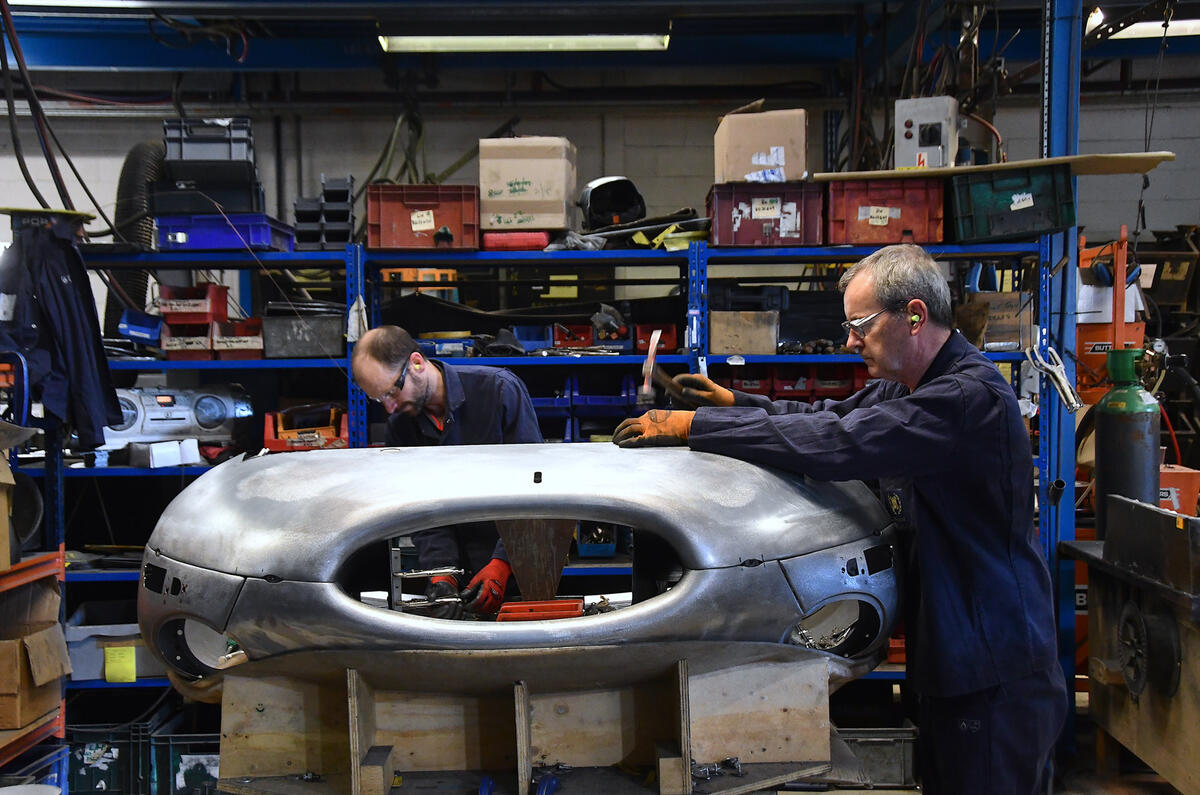
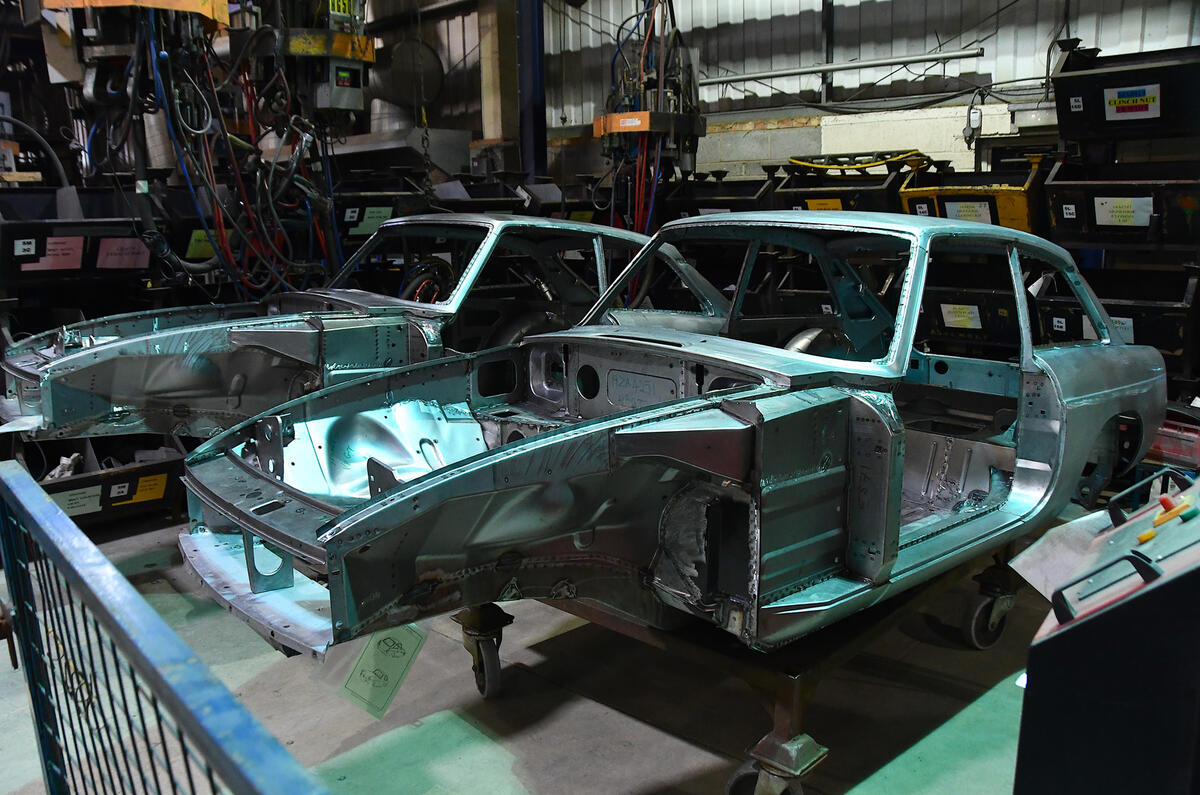
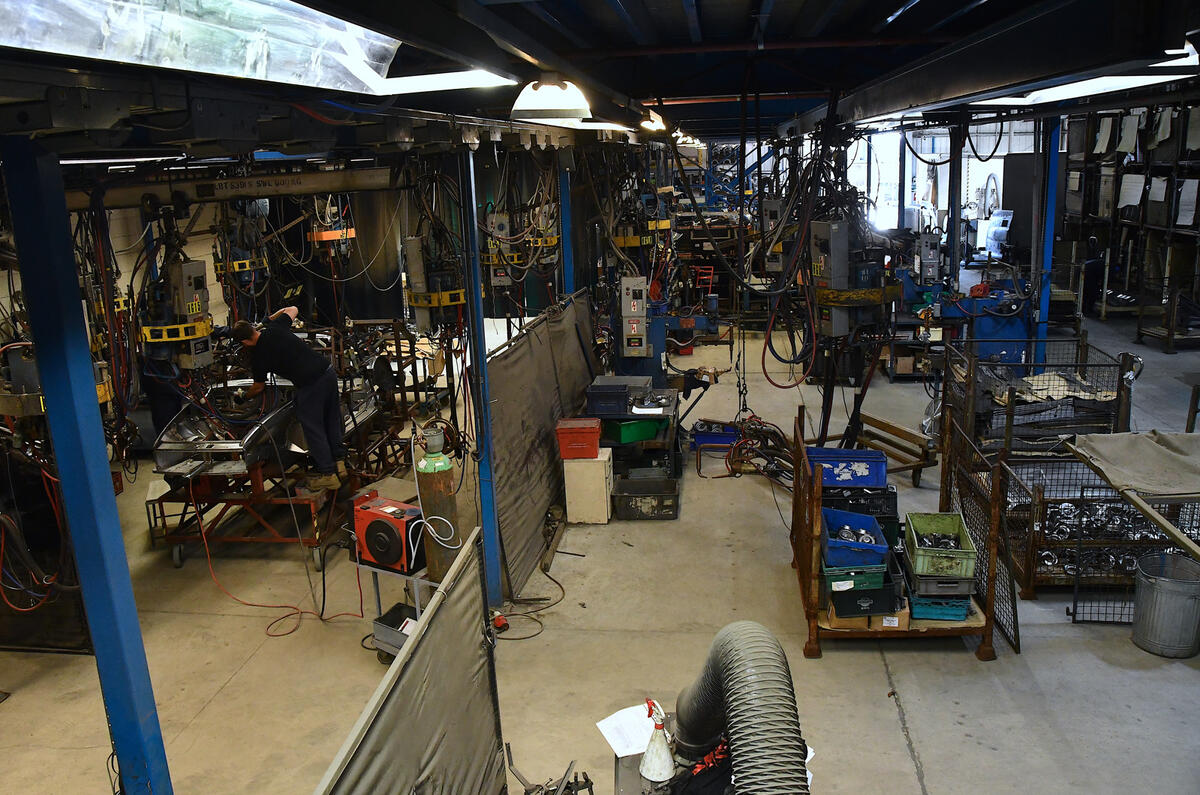











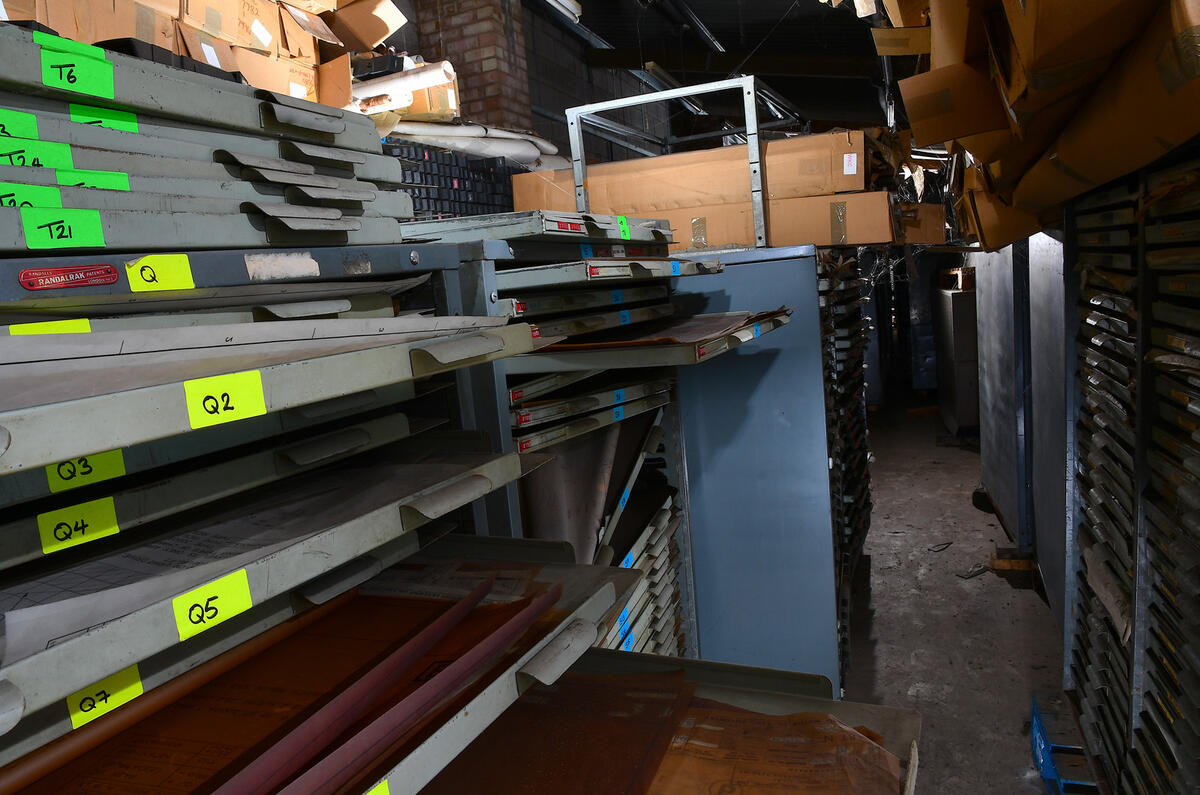
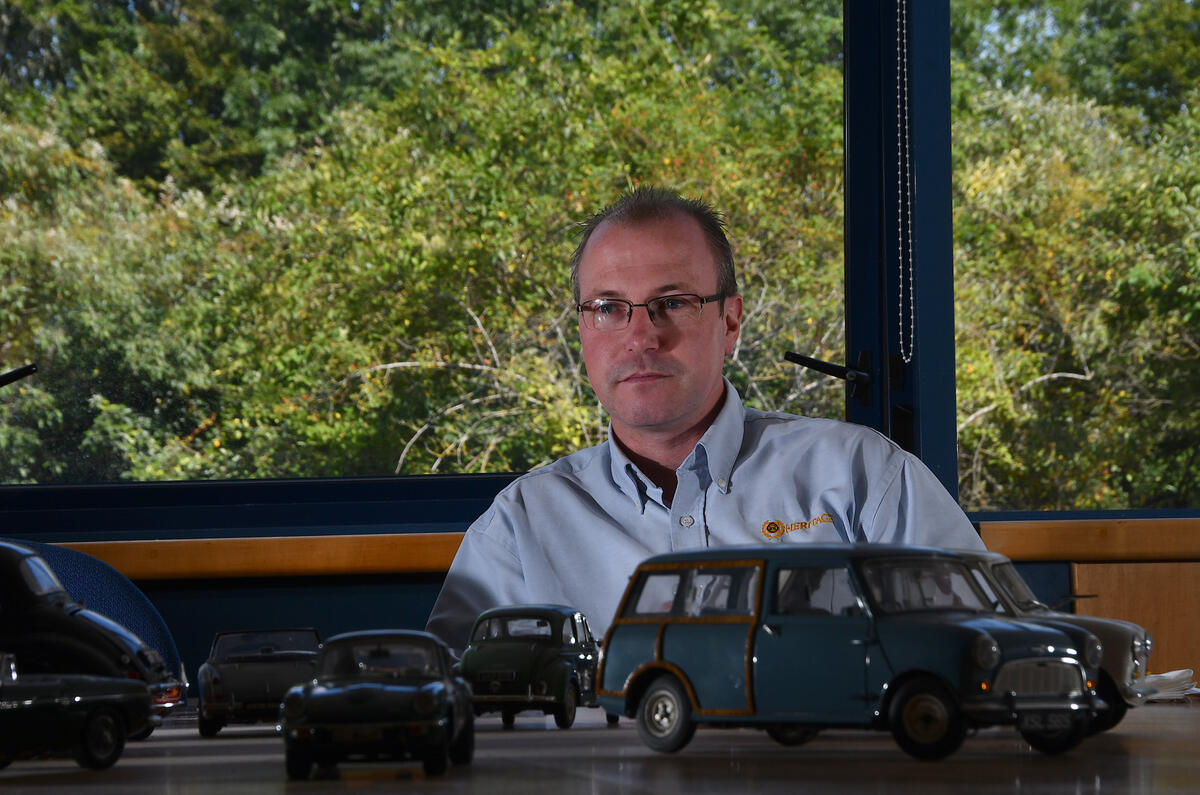



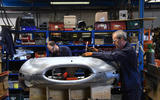




























Add your comment